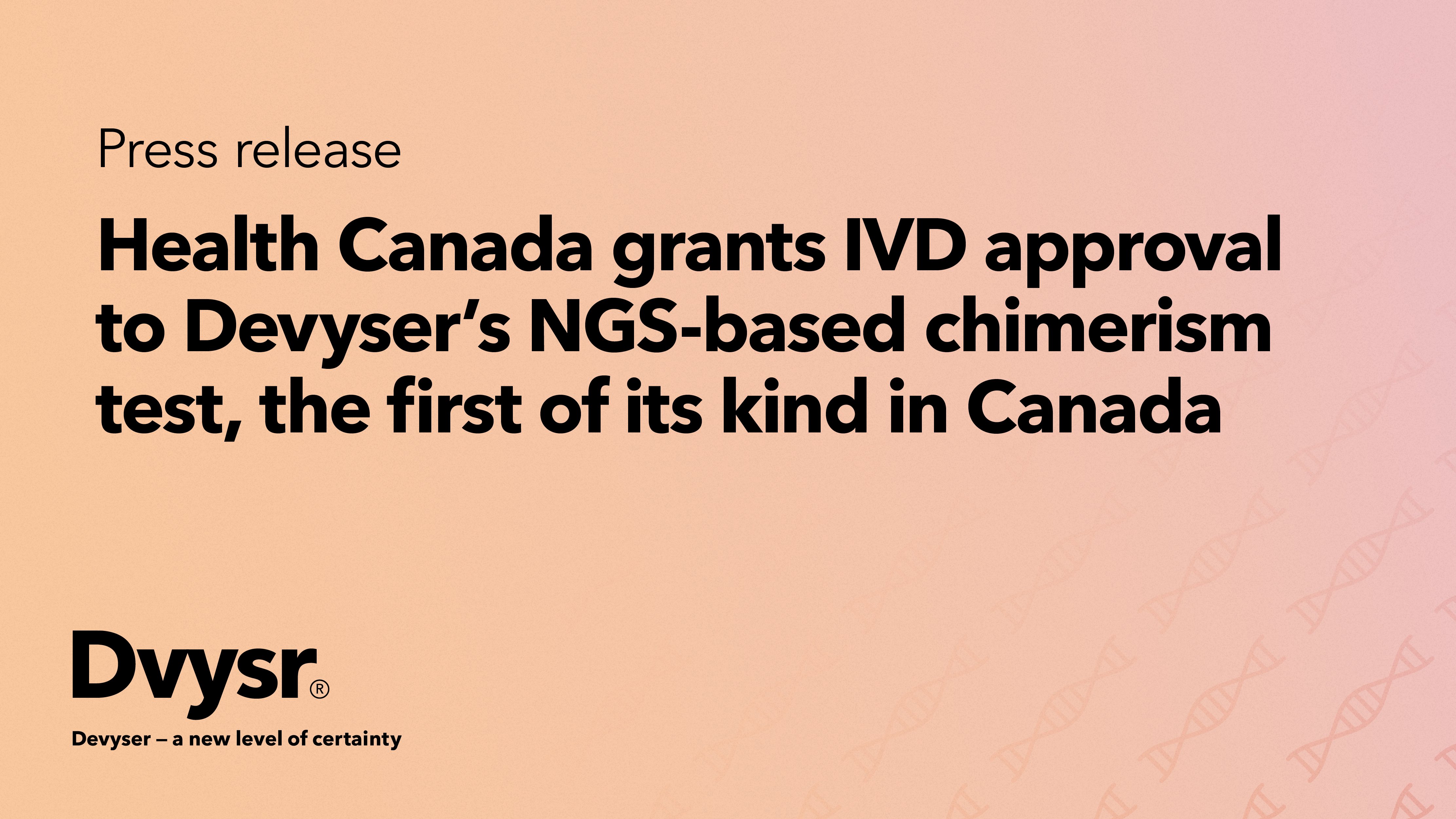Devyser wins Norwegian tender for Devyser CFTR at Oslo University Hospital
Devyser is proud to announce that the company has been awarded a tender by Oslo University Hospital...

Thalassemias | October 7, 2022
Thalassemia is typically caused by sequence variants in the HBA1, HBA2 or HBB genes. The common sequence variants include a wide range of sequence variants, such as Single Nucleotide Variants (SNVs), smaller insertion and deletions (Indels) as well as large, exon spanning Copy Number Variations (CNVs). A range of different techniques such as GAP-PCR, Sanger sequencing, reverse hybridisation and MLPA is traditionally required to assess all variants.
Testing for both Alpha Thalassemia and Beta Thalassemia can be a complex process. Workflows are laboratory specific and often require the use of several different techniques to obtain a result. Relying on a patchwork of methods presents challenges such as:

Devyser is proud to announce that the company has been awarded a tender by Oslo University Hospital...
Read More

Devyser, a leading provider of advanced genetic testing solutions, has been awarded a new tender in...
Read More

Devyser is proud to announce that One Lambda Devyser Chimerism and Advyser Chimerism have been...
Read More

Devyser today announced that the Centers for Medicare & Medicaid Services (CMS) has issued its...
Read More